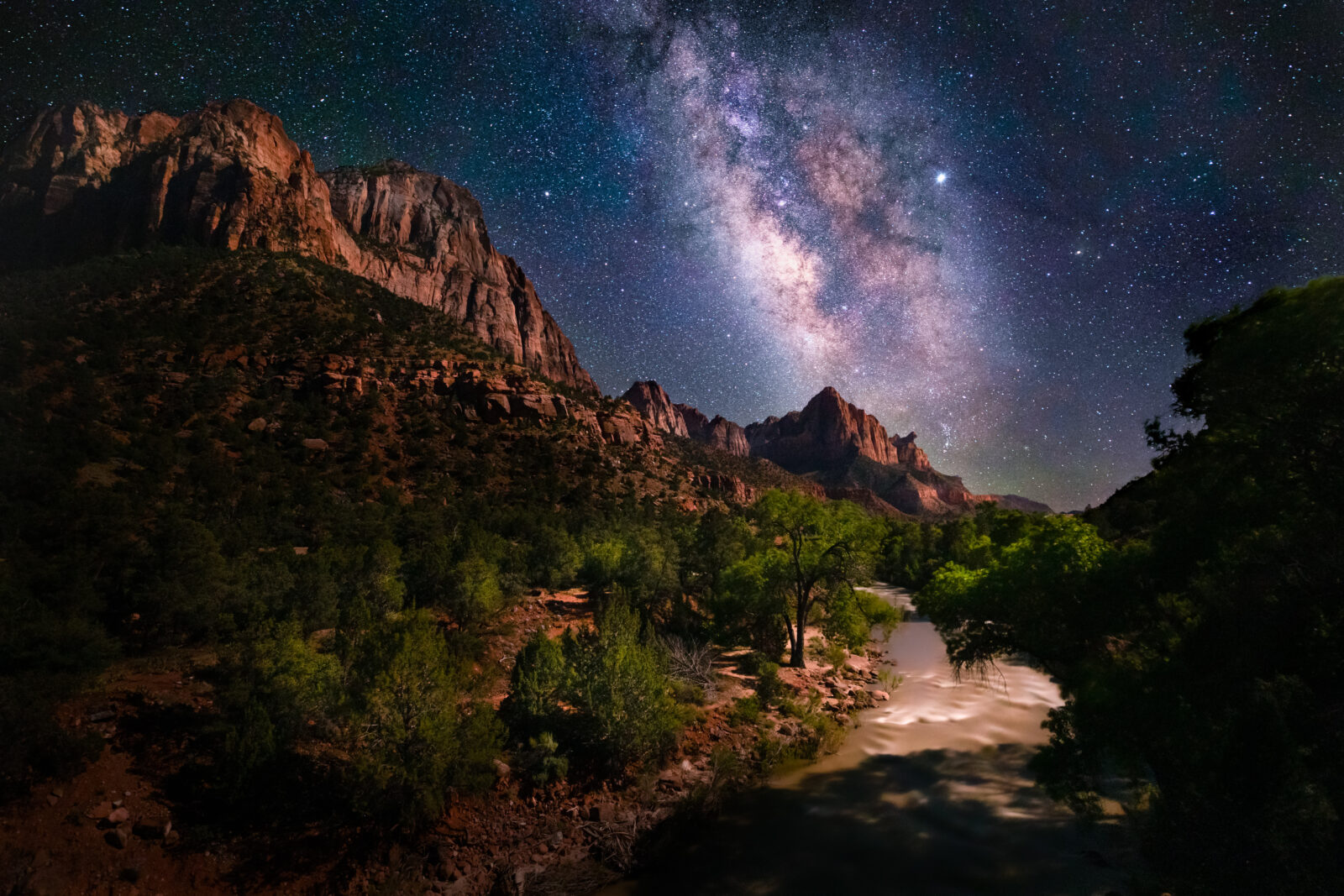


A Privileged Place for Life and Discovery
On this ID the Future host and geologist Casey Luskin continues his conversation with astrobiologist Guillermo Gonzalez about the many ways Earth’s place in the cosmos is fine tuned for life. In this second half of their conversation, Gonzalez zooms out to discuss the galactic habitable zone and the cosmic habitable age. Luskin says that the combination of exquisite cosmic and local fine tuning strongly suggests intelligent design, but he asks Gonzalez whether he thinks these telltale clues favor theism over deism? That is, does any of the evidence suggest a cosmic designer who is more than just the clockmaker God of the deists who, in the words of Stephen Dedalus, “remains within or behind or beyond or above his handiwork, invisible, refined out of existence, indifferent, paring his fingernails”? Gonzalez answers in the affirmative, but the reasons he offers for this conclusion may surprise you. Tune in to hear his answer. This two-part interview was occasioned by Gonzalez’s essay in the newly released book Science and Faith in Dialogue, available for free here. Part 1 of the interview is here. And Gonzalez’s book, The Privileged Planet, is available here.

Casey Luskin on Why He Favors ID over Theistic Evolution
Today’s ID the Future continues intelligent design theorist Casey Luskin’s conversation with Apologetics 315 podcast hosts Brian Auten and Chad Gross. Here in Part 2, Luskin give a peek behind the scenes of ID 3.0, the current research program inspired by the intelligent design framework. Luskin is then asked to explain his reservations about theistic evolution, and Luskin points out the evidential, rhetorical, and logical problems he sees with the brand of theistic evolution advocated by Francis Collins and Biologos. What about the future of the intelligent design movement? Luskin says he’s optimistic, both because of the exciting research and publication breakthroughs of late, and because of the many converts he’s seeing to the ID framework. According to Luskin, many of these recruits remain behind the scenes to avoid reprisals from opponents of ID in positions of power, but some top scientists have come out publicly in support of intelligent design, including at least one Nobel Laureate. This episode is presented here with permission from Apologetics 315.

Carl Sagan Wrong about “Pale Blue Dot,” Says Astrobiologist
On today’s ID the Future, astrobiologist Guillermo Gonzalez unpacks one of his chapters in the new book The Comprehensive Guide to Science and Faith, edited by episode host Casey Luskin. Gonzalez and Luskin look at how our atmosphere as well as the sun, moon, distance from our host star, and position in the Milky Way are all curiously fine tuned not only for life but also for allowing Earth’s human inhabitants to observe and discover things near and far about nature. It’s as if a master designer made the Earth not merely for life but for curious and intelligent beings. What about the fact that Earth is such a tiny part of a vast universe, a “pale blue dot” as atheist astronomer Carl Sagan put it? Gonzalez fields that objection and uses diamonds to illustrate his point.

Our Finely Tuned Planet Suggests More than Dumb Luck
Today’s ID the Future spotlights Canceled Science: What Some Atheists Don’t Want You to See with a focus on the book’s look at our privileged planet Earth, and how its location in the galaxy and solar system, as well as various unusual features, makes it strikingly fit for life. Is it just “dumb luck,” as one scientist put it? Host Eric Anderson continues his multi-part conversation with the book’s author, Biola physics professor Eric Hedin, who suggests that “dumb luck” is more of a cop-out than an explanation, and that when one takes all the evidence together, a better explanation for our finely tuned place in the cosmos is a fine-tuner, a designing intelligence. It’s just a taste of the deeper yet extremely accessible dive Hedin makes in his new book, available at Amazon, Barnes & Noble and other online booksellers.

Discussing the New Exoplanet With Astronomer Guillermo Gonzalez
Have scientists discovered a planet with possible life on it? On this episode of ID the Future, Anika Smith interviews astronomer Guillermo Gonzalez, co-author of The Privileged Planet: How Our Place in the Cosmos is Designed for Discovery. As the co-originator of the Galactic Habitable Zone, Dr. Gonzalez knows better than anyone what it takes for a planet to sustain life. Listen in as he tells us whether the newly discovered exoplanet Gliese 581d is habitable.